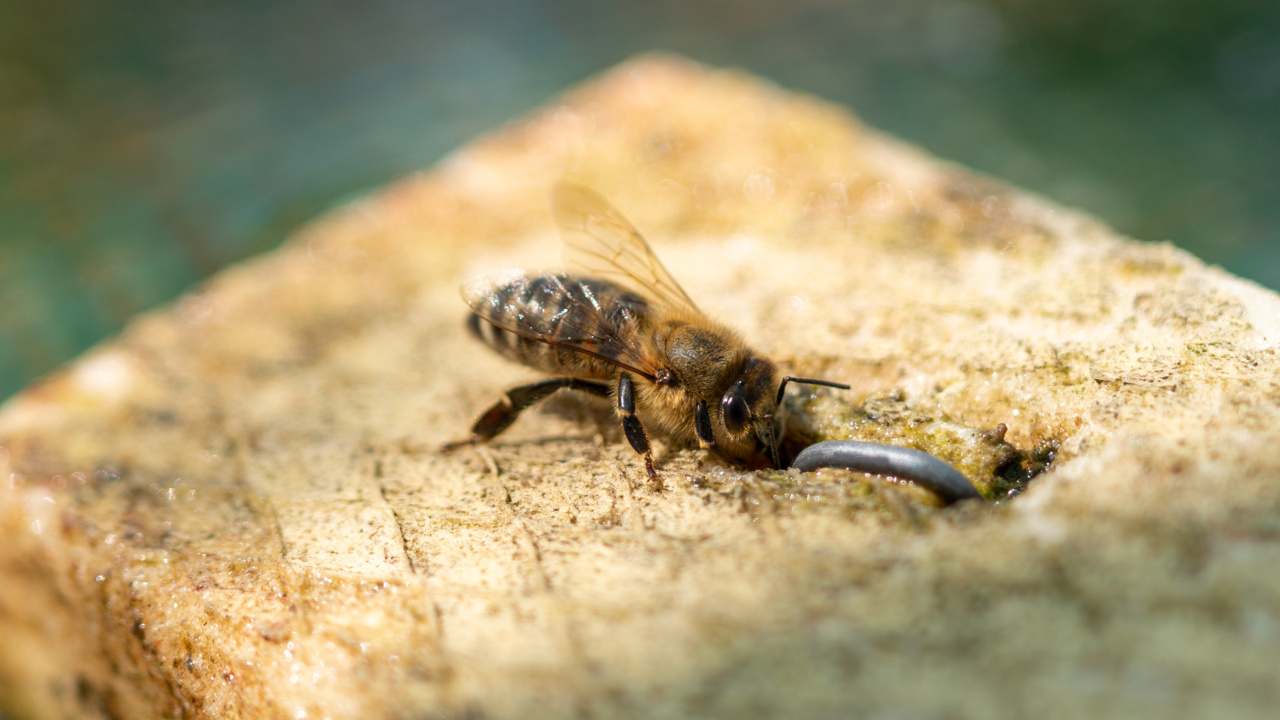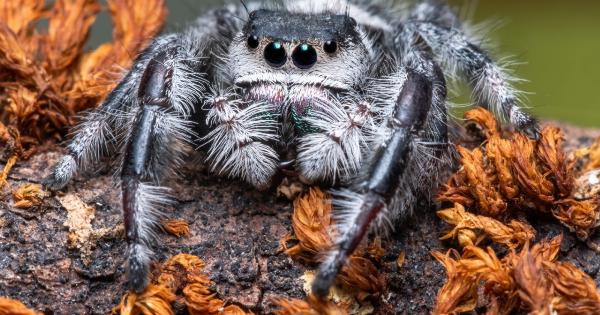Honeybee venom, a substance secreted by a specific species of honeybee, has long been believed to possess remarkable healing properties.
However, the effectiveness of honeybee venom as a therapeutic agent remains a subject of debate in the medical community. While some studies suggest promising results, others are skeptical about its true potential.
In this article, we will explore the various claims surrounding honeybee venom and evaluate the scientific evidence available to determine whether its healing properties are a reality or merely a myth.
The Composition of Honeybee Venom
Before delving into its healing properties, it is important to understand the composition of honeybee venom. Honeybee venom is primarily composed of various peptides, enzymes, and small molecules.
The key components include melittin, apamin, adolapin, mast cell degranulating peptide, and phospholipase A2. These compounds work in synergy to create the characteristic inflammatory and neurotoxic effects associated with honeybee stings.
Pain Relief and Anti-Inflammatory Properties
One of the widely studied potential therapeutic benefits of honeybee venom is its ability to alleviate pain and reduce inflammation.
Research suggests that certain components of honeybee venom, such as melittin and adolapin, possess analgesic and anti-inflammatory properties. These compounds inhibit the production of inflammatory mediators and modulate pain signals, thereby providing relief from conditions like arthritis and neuropathic pain.
Antimicrobial Activity
The antimicrobial properties of honeybee venom have also been investigated extensively.
Studies have shown that certain peptides present in the venom, such as melittin and apamin, possess potent antimicrobial activity against a wide range of bacteria, viruses, and fungi. These antimicrobial properties make honeybee venom a potential candidate for the development of novel antibiotics and antimicrobial agents.
Immunomodulatory Effects
Another area of interest regarding honeybee venom is its immunomodulatory effects.
Research indicates that certain compounds in honeybee venom can modulate the immune response by stimulating the production of cytokines and enhancing the activity of immune cells. This immunomodulatory activity has been explored for potential therapeutic applications in conditions such as autoimmune diseases and cancer.
Neurological Disorders
Honeybee venom has also been studied for its potential to address neurological disorders. Some research suggests that specific peptides in honeybee venom, like apamin, can act on the central nervous system and modulate neurotransmitter release.
This modulation may have implications in the treatment of neurodegenerative diseases like Parkinson’s and Alzheimer’s.
Cardiovascular Benefits
There is emerging evidence suggesting that honeybee venom may offer cardiovascular benefits.
Certain peptides in the venom, such as melittin, have been found to possess cardio-protective properties by reducing blood pressure, inhibiting platelet aggregation, and promoting blood vessel dilation. These effects contribute to the potential use of honeybee venom in managing cardiovascular conditions.
Allergic Reactions and Risks
While honeybee venom holds potential therapeutic value, it is important to acknowledge the associated risks and allergic reactions.
For some individuals, bee stings can trigger severe allergic reactions, leading to anaphylaxis, a life-threatening condition. Therefore, caution must be exercised when considering the application of honeybee venom for therapeutic use, and medical supervision is paramount.
Clinical Evidence and Future Directions
Despite the extensive research conducted on honeybee venom, clinical evidence supporting its therapeutic efficacy remains limited. Many studies have been conducted in vitro or on animals, and human trials are still lacking.
Further research is needed to validate the effectiveness and safety of honeybee venom as a therapeutic agent. Ongoing clinical trials are underway, and their results may provide crucial insights into the potential applications of honeybee venom in medicine.
Conclusion
The healing properties of honeybee venom are a captivating subject with both proponents and skeptics.
While it shows promise in various areas such as pain relief, antimicrobial activity, immunomodulation, and potential applications in neurological and cardiovascular disorders, further research is required. The true potential of honeybee venom can only be ascertained through rigorous scientific investigation, clinical trials, and a comprehensive understanding of its mechanisms of action.
With ongoing research efforts, honeybee venom may emerge as a valuable therapeutic tool in the future.































